Current geopolitical tensions are eroding some European organizations’ confidence in the security of hyperscalers; however, moving away from them entirely is not practically feasible.
filters
Explore All Topics
Data center operators are increasingly aware that their operational technology systems are vulnerable to cyberattacks. Recent incident reports show a rise in ransomware attacks, which pose significant risks to data centers
Training large transformer models is different from all other workloads — data center operators need to reconsider their approach to both capacity planning and safety margins across their infrastructure.
Cybersecurity has traditionally not been a key focus of attention for data center operators. But cyber incidents are on the rise and concerns are growing. Unaddressed vulnerabilities leave operators at increasing risk from evolving threats.
Human error is an increasingly exploited weakness by cyberattackers, leading to data center security breaches and greater risk for enterprises and operators.
To meet the demands of unprecedented rack power densities, driven by AI workloads, data center cooling systems need to evolve and accommodate a growing mix of air and liquid cooling technologies.
The 15th edition of the Uptime Institute Global Data Center Survey highlights the experiences and strategies of data center owners and operators in the areas of resiliency, sustainability, efficiency, staffing, cloud and AI. The attached data files…
Data center owners are as committed to Tier III and Tier IV designs as ever, but more will be required to share power, adding complexity and possibly risk.
Organizations that architect resiliency into their cloud applications should expect a sharp rise in carbon emissions and costs. Some architectures provide a better compromise on cost, carbon and availability than others.
Preventing outages continues to be a central focus for data center owners and operators. While infrastructure design and resiliency frameworks have improved in many cases, the complexity of modern architectures continues to present new risks that…
The prevention of outages has always been a top priority for data center owners and operators — but outages do occur. This report analyzes recent Uptime Institute data on IT and data center outages: their causes, costs and consequences.
European cybersecurity regulations have become effective and will have a major impact on both critical infrastructures and their cybersecurity management. This webinar will discuss the NIS2 Directive, the European Union’s updated cybersecurity…
Hyperscalers offer a confusing array of on-premises versions of their public cloud-enabling infrastructure — the differences between them are rooted in whether the customer or the provider manages the control plane and server hardware.
Under the EU’s Digital Operational Resilience Act (DORA), data centers designated as “critical” for their role in financial services will face direct regulatory oversight and new resiliency requirements.
Cloud providers live and die based on trust — customers rely on them to run workloads effectively, offer scalable capacity, sustain prices and keep data confidential. But recent geopolitical instability threatens to undermine that trust.
 Dr. Owen Rogers
Dr. Owen Rogers
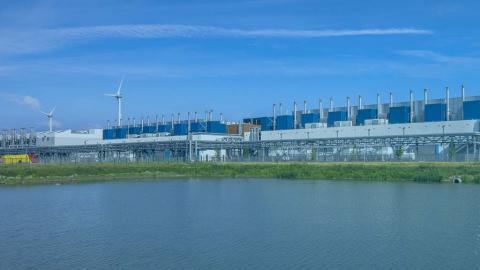
 John O'Brien
John O'Brien
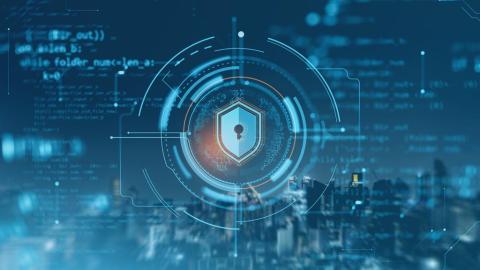
 Daniel Bizo
Daniel Bizo

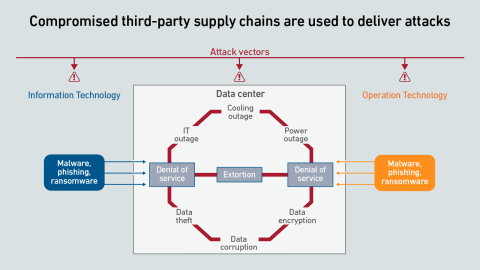
 Rose Weinschenk
Rose Weinschenk
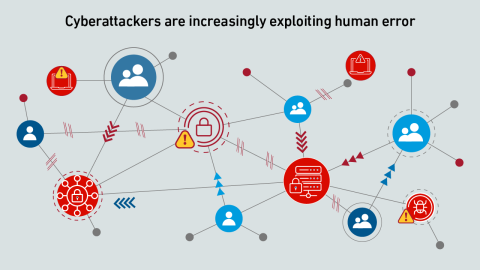
 Dr. Tomas Rahkonen
Dr. Tomas Rahkonen
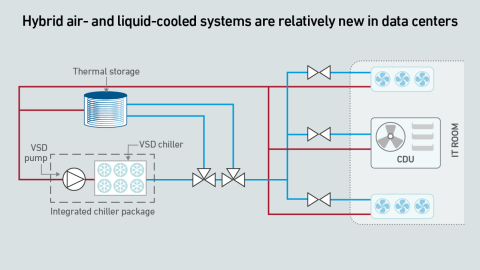
 Paul Carton
Paul Carton
 Anthony Sbarra
Anthony Sbarra
 Laurie Williams
Laurie Williams
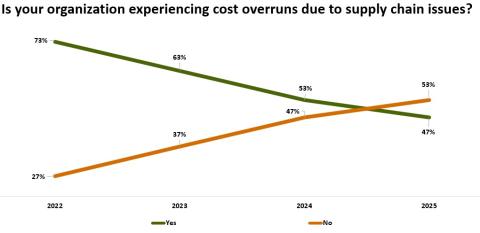
 Andy Lawrence
Andy Lawrence

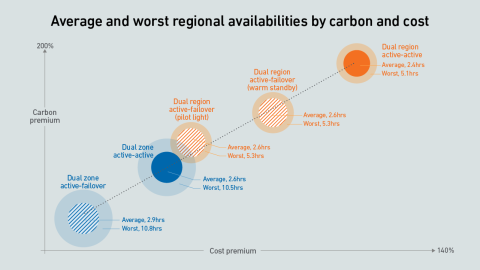
 Douglas Donnellan
Douglas Donnellan
 Chris Brown
Chris Brown
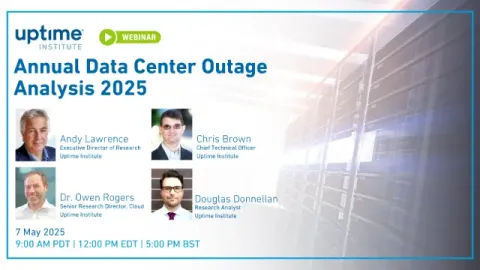
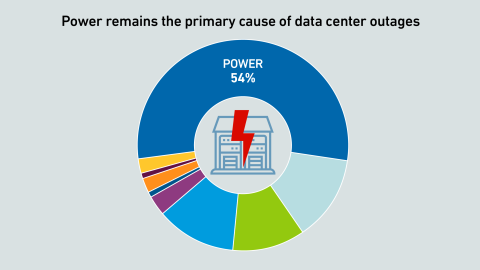
 Antonio Ramos
Antonio Ramos
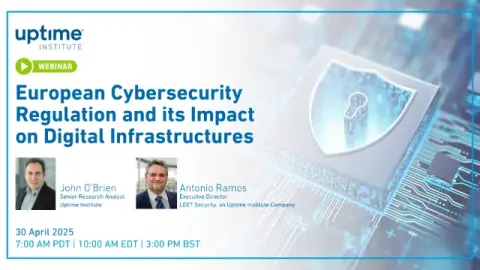
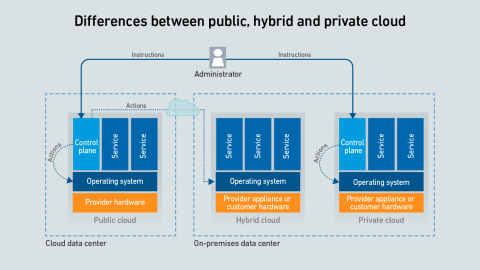
 Seb Shehadi
Seb Shehadi

